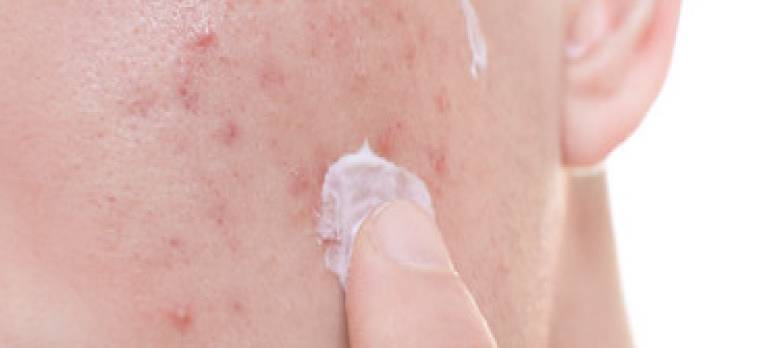Topical Ointment for Acne - Dr Yeung Ho Hong 楊浩康

Mechanism of Topical Ointments
Acne, a common skin issue for teens and some adults, disrupts daily life and confidence. Treatment options abound: topical ointments, oral antibiotics, contraceptives, isotretinoin, and laser therapy. Each has pros and cons, requiring tailored choices based on condition. Most treatments need 2–4 months of consistent use for optimal results.
Common Topical Ointments and Usage
For mild to moderate acne, topical ointments are the first choice. They target clogged keratin, inflammation, and Propionibacterium acnes proliferation via direct application. Common options include retinoids (e.g. adapalene ), antibiotics (e.g. Clindamycin), and benzoyl peroxide. Retinoids promote cell renewal and regulate follicular keratinization, reducing comedones and blackheads; antibiotics curb bacterial growth and inflammation; benzoyl peroxide kills bacteria and unclogs pores with antibacterial and anti-inflammatory effects.
In practice, doctors may use one ointment or combine them based on acne type and severity for comprehensive results. For inflamed acne, pairing antibiotics with retinoids reduces inflammation while boosting renewal. Personalized plans adjust concentration and frequency per skin sensitivity to maximize efficacy and minimize irritation.
However, side effects exist. Retinoids often cause initial dryness, peeling, and mild redness, with some experiencing a temporary worsening (“purge”) as old keratin sheds before new cells adapt. To reduce this, doctors suggest starting 1–2 times weekly, increasing to daily as tolerated. Severe irritation or allergies warrant immediate consultation to adjust or switch treatments.
Acne Treatment Care Tips
Success also hinges on good skincare. Alongside ointments, maintain cleanliness, moisturize, and avoid harsh cosmetics. Sun protection is critical—treated skin is UV-sensitive, and excess exposure risks pigmentation, worsening issues. Patience is key; doctors stress consistent use, not stopping prematurely if results lag.
In summary, topical ointments are a safe, effective choice for mild to moderate acne. With proper selection, tailored plans, and skincare, most patients see gradual improvement, restoring smooth, healthy skin. Treatment takes months, requiring collaboration with doctors and adherence for best outcomes.
For ideal results, assess thoroughly pre-treatment and consult regularly to tweak plans. If needed, doctors may combine antibiotics or lasers for synergy. Only under professional guidance can targeted treatment truly control and resolve acne.
